All the photos in this post are from Gonabad and the surrounding towns located in Khorasan Razavi province. Although this region lies in the heart of the desert and has not inherited much from natural resources, its attraction lies precisely in that. It’s home to one of the world’s oldest qanats, it has a village nearby renowned for its warehouses, it has vast and untouched deserts and it provides hand-made clay works for other cities and villages. Along with its ancient attractions, this area has kind and genuine people, delicious food, and beautifully restored old houses that now welcome tourists. Gonabad is also where my ancestors lived and I have relatives in, so I go there for a visit time to time. The photos here span a few years where the oldest belong to 2018 and the newest 2024.
Ghasabe Qanat of Gonabad
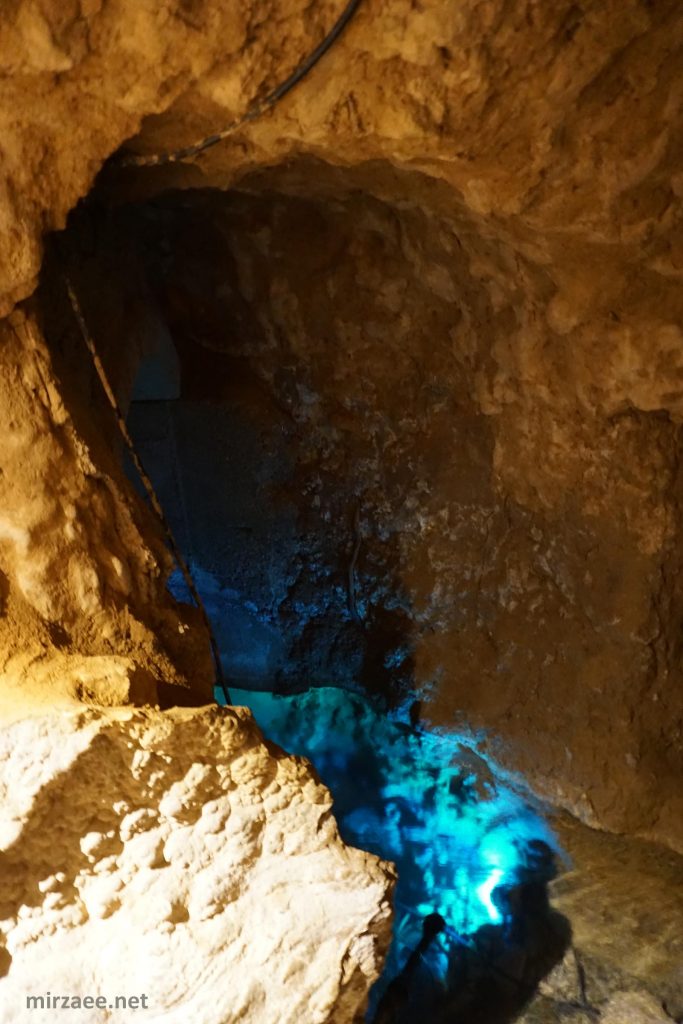
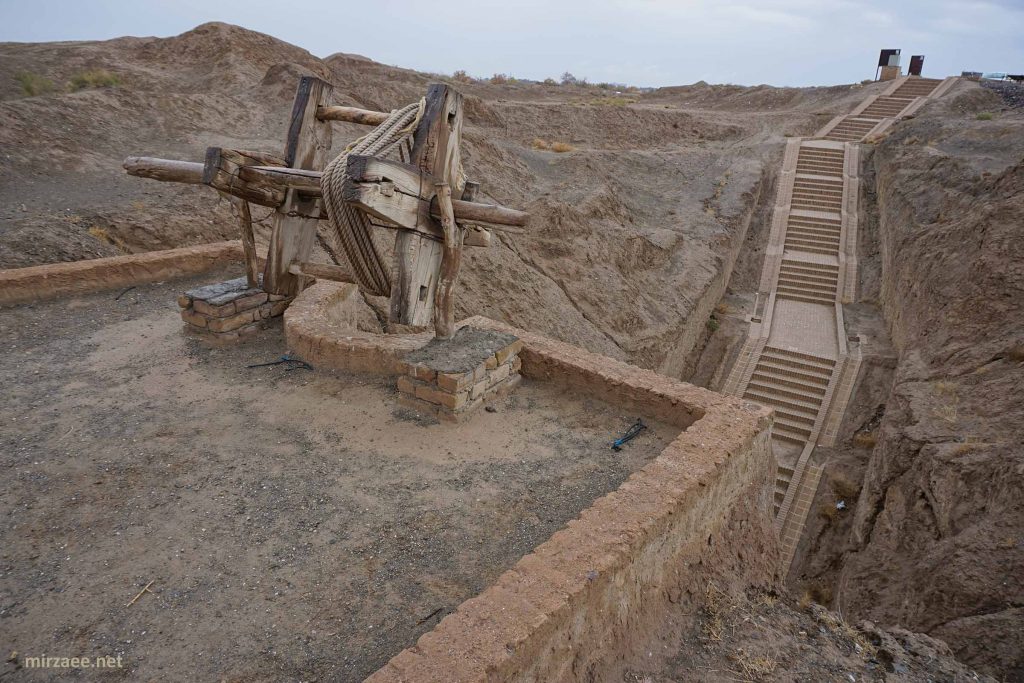
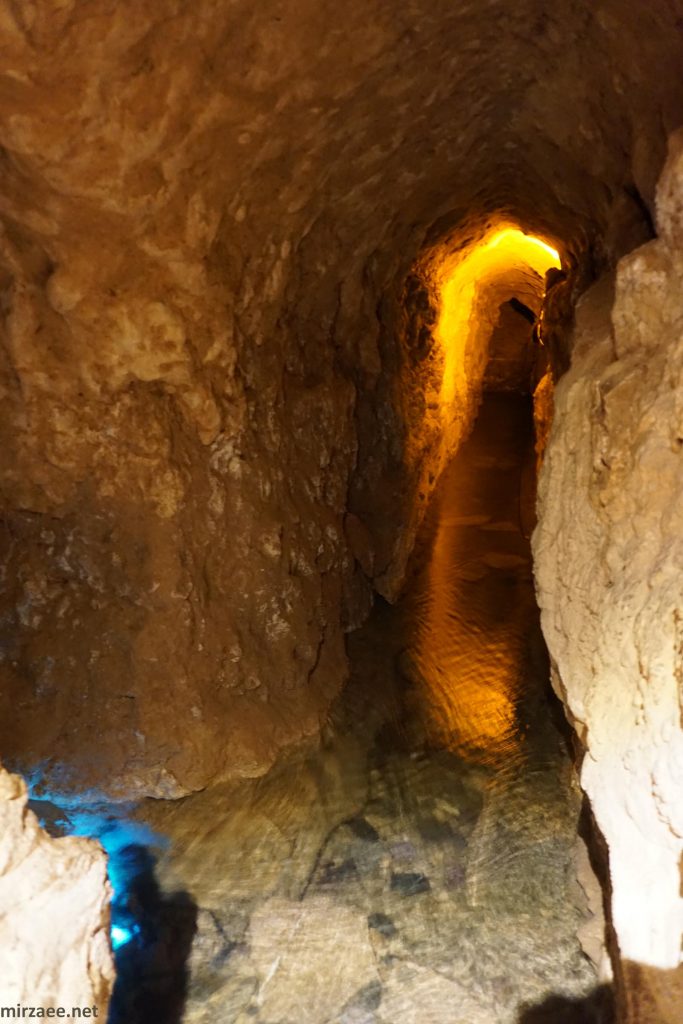
The Ghasabe Qanat of Gonabad is one of the oldest and largest qanats in the world, dating back to 700-500 BC. The ingenuity it took to excavate to such depths and create these long canals thousands of years ago is awe-inspiring. I have repeatedly heard from people that it is not understandable for them how they managed to breathe while working in such narrow and deep tunnels.
Riab Village
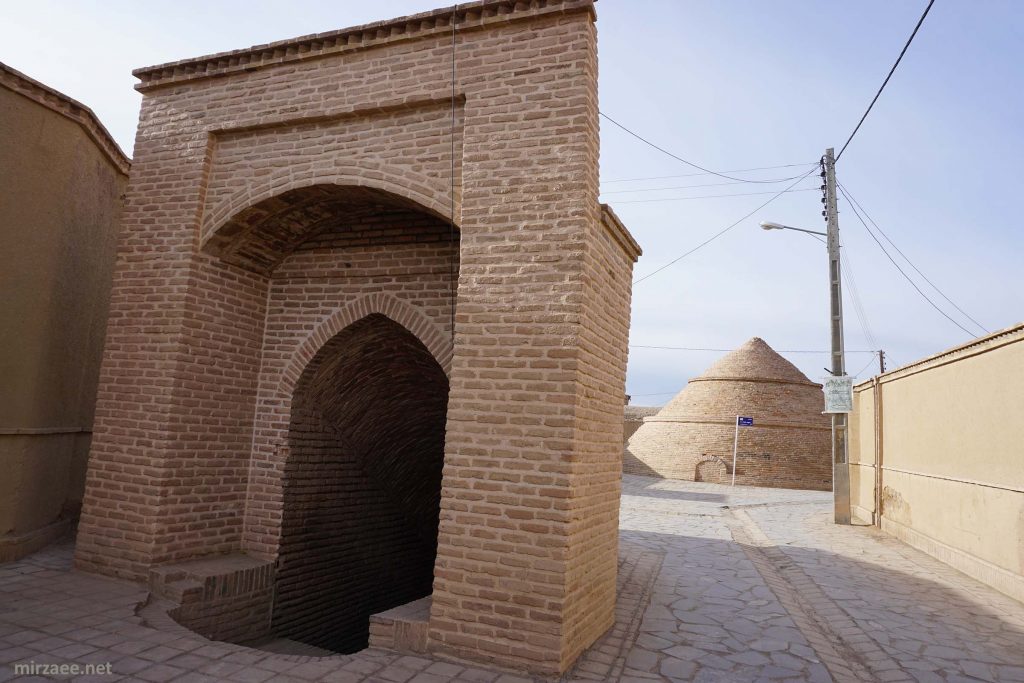
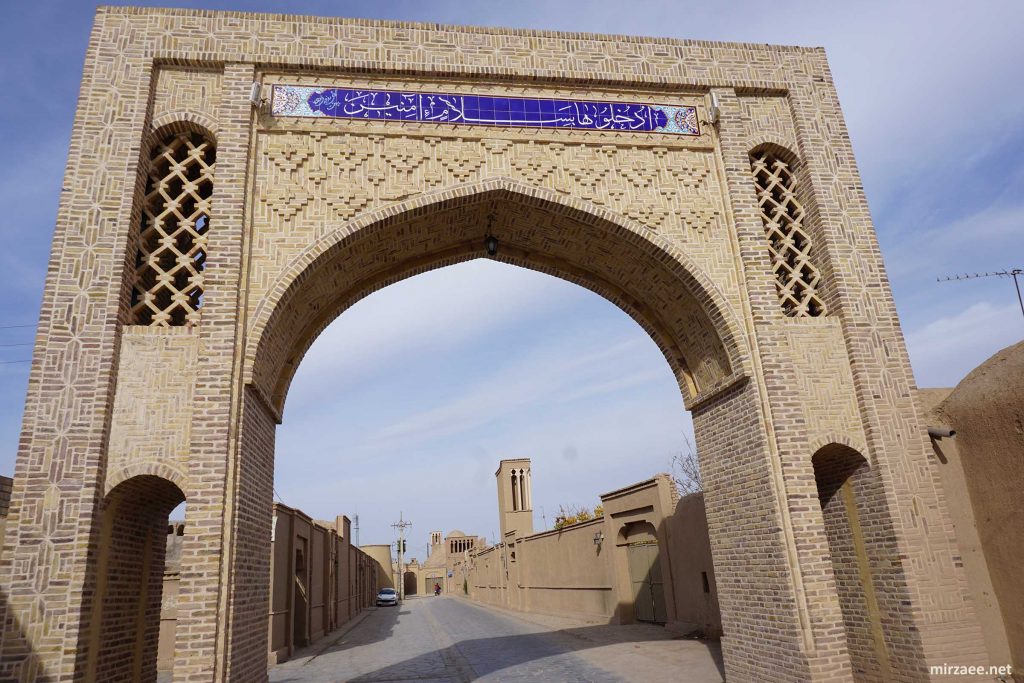
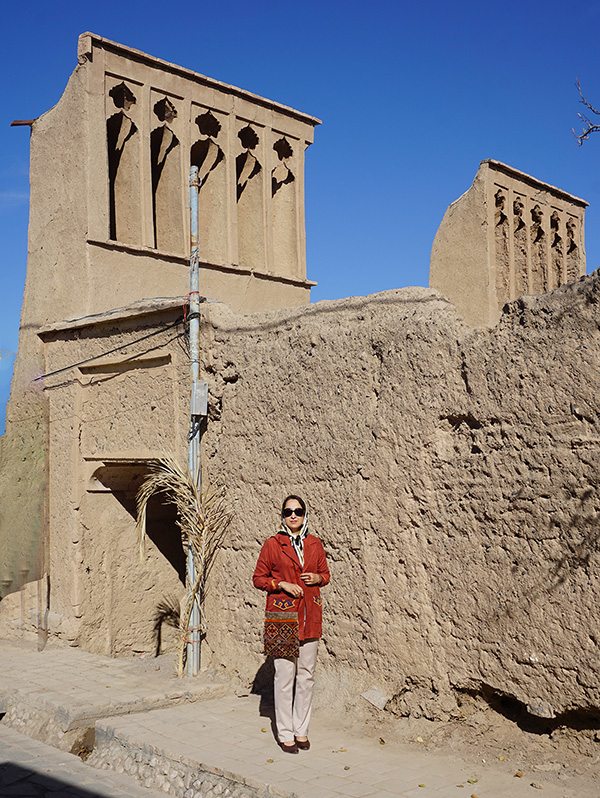
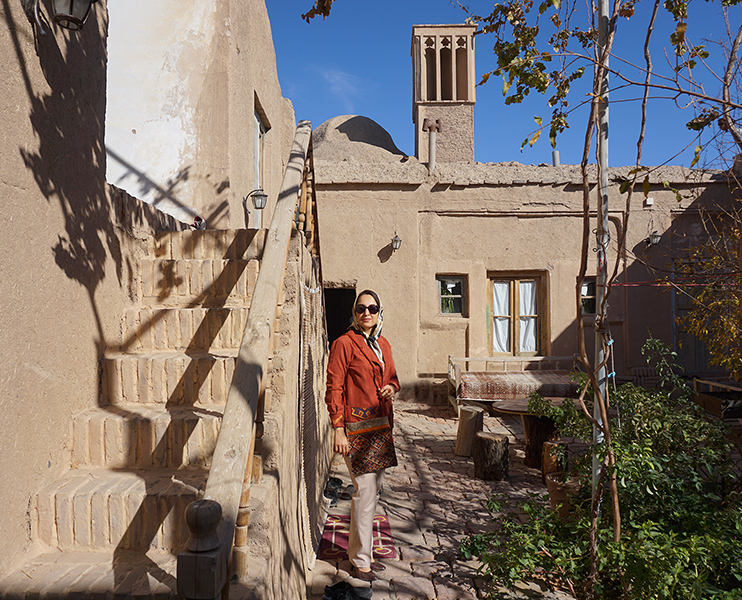
Riab, a quiet village near Gonabad, feels like stepping back in time. Walking through its peaceful streets, you can almost imagine life as it was centuries ago. In the photo of the entrance gate, you can see that it is inscribed with a Quranic verse, believed to offer protection and the translation of its sentence is almost “enter it safe and sound”. The first photo shows a cistern, the photo I’m in front of two windmills is taken in Riab pathways and the photo I’m beside stairs in inside a traditional guesthouses. windmills are tall structures used to cool houses particularly the ones located in the deserts.
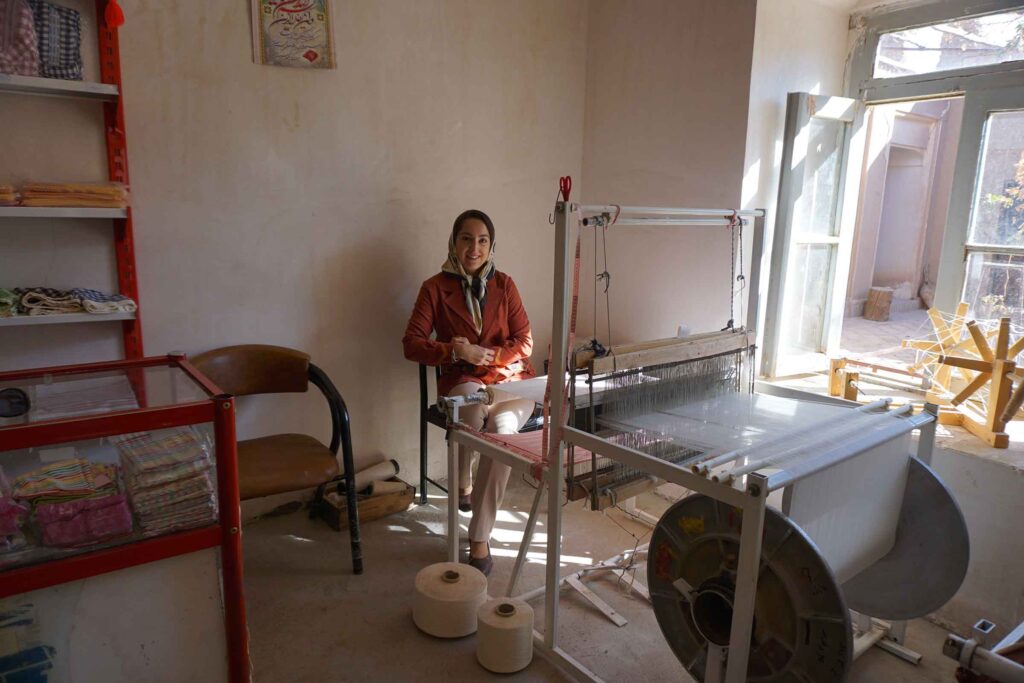
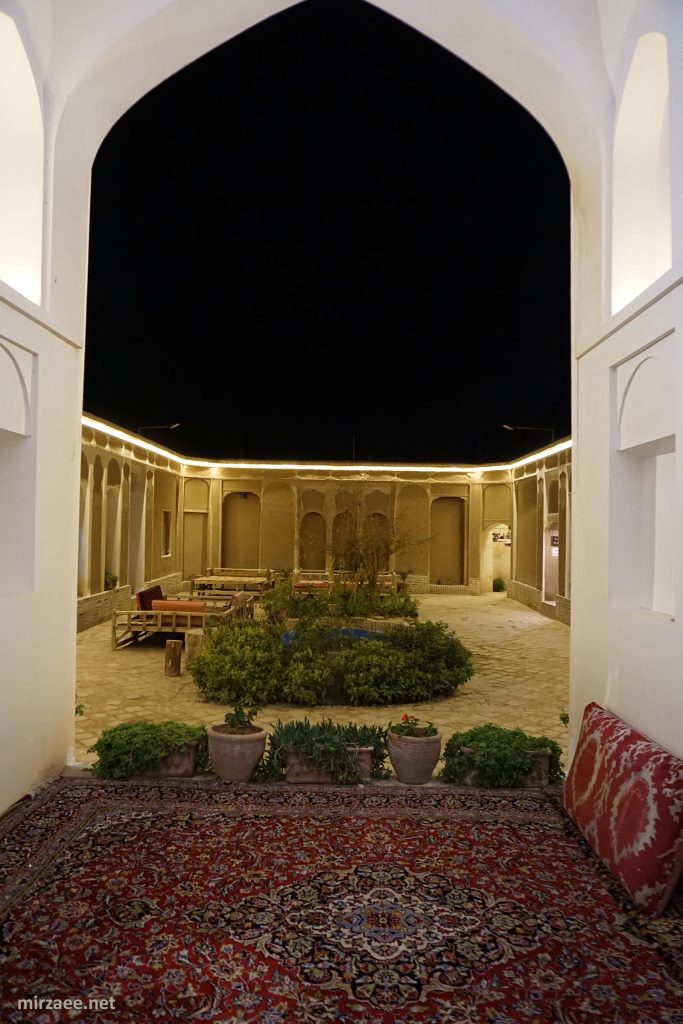

Each of these three photos is taken from a different guesthouse.
In the photo that I’m sitting behind a traditional sewing machine. I buy my towels from this place as they’re made of wool and absorb water well. If you wear them after a bath you feel a pleasant warm soft and light cloth on your skin, the lady who makes these towels said once a man mocked us when we told him how it feels much warmer than common heavy towels and said “does it have a heater inside?” but according to my own experience, this material really does make you feel you are wearing something warm! Also, these towels cloth is the same in both front and back, unlike machine-sewed cloth.
The food on the table is Aash and Kashke Bademjan (Persian Eggplant Dip), served with a local bread. The handsome boy in the back of the table is my son deciding on how to make a mess 🙂 . Riab’s people are some of the kindest and most honest I’ve met.
Mazare Soltani in Beydokht
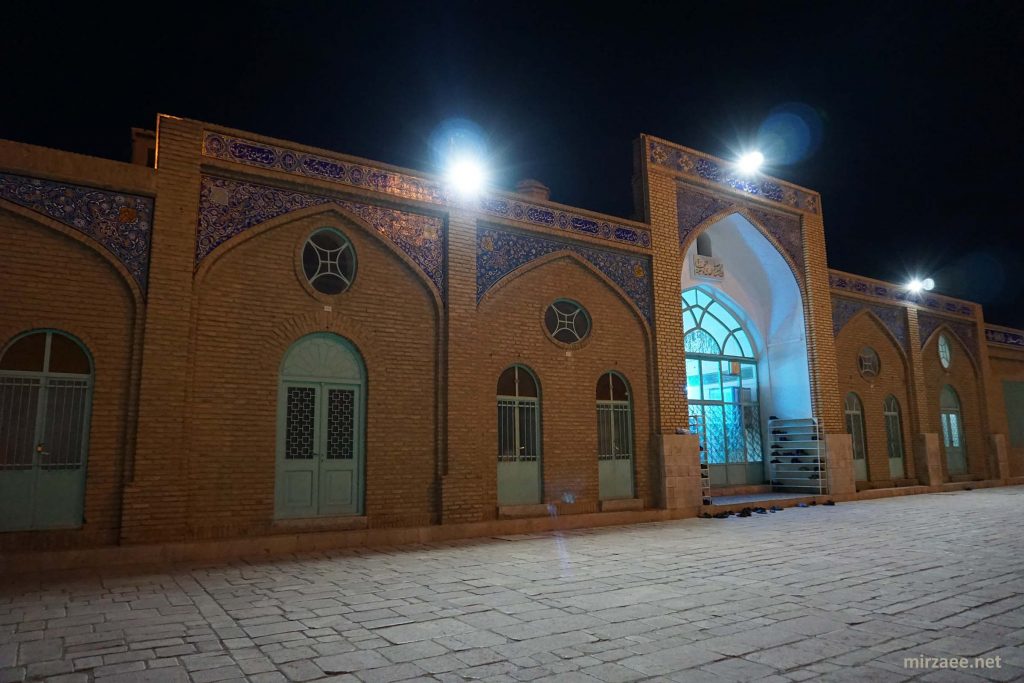
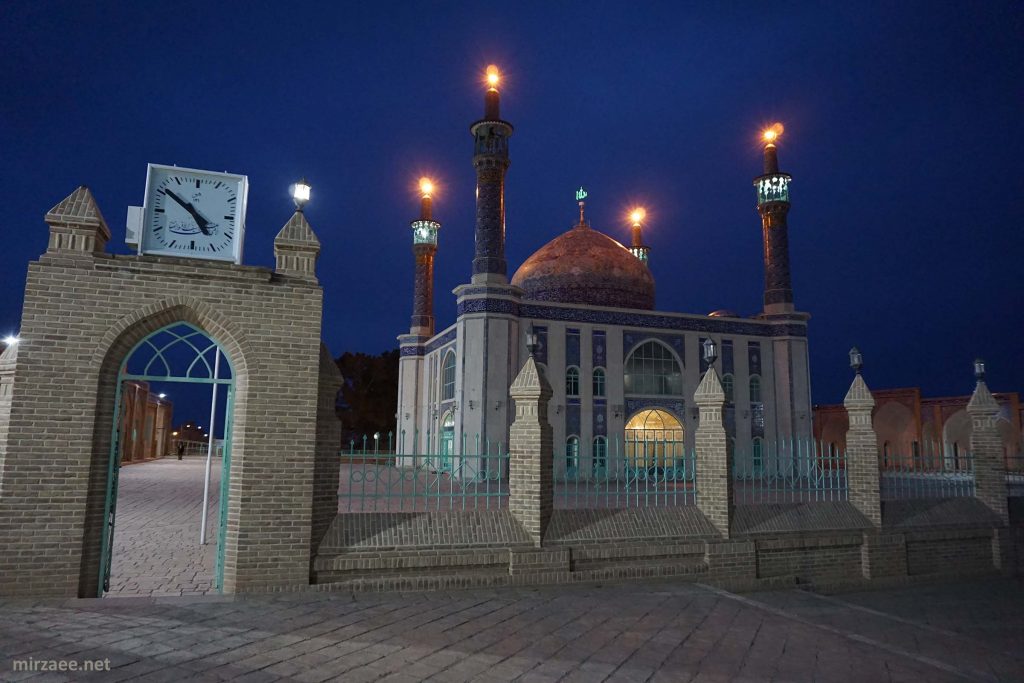
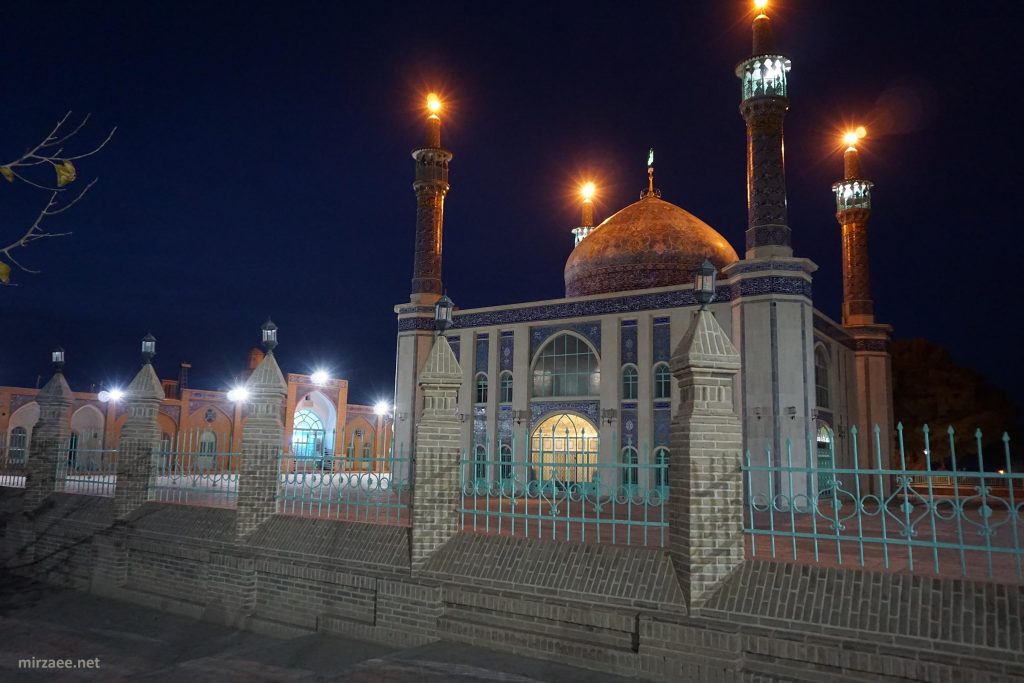
Mazare Soltani, near Gonabad, is the resting place of five important religious leaders and is particularly significant for followers of Sufism. I love the peaceful, positive energy that fills the shrine: it’s a place of calm and reflection.
Kakhk Gristmill
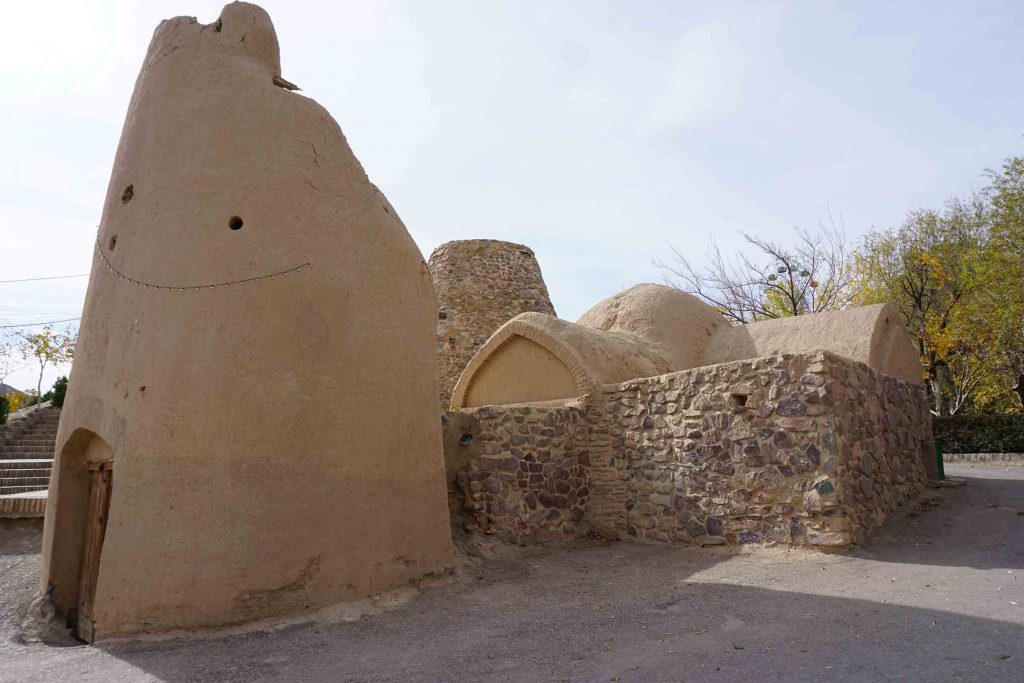

The Kakhk gristmill, sits in a desert area close to the mountains.
Mend Pottery
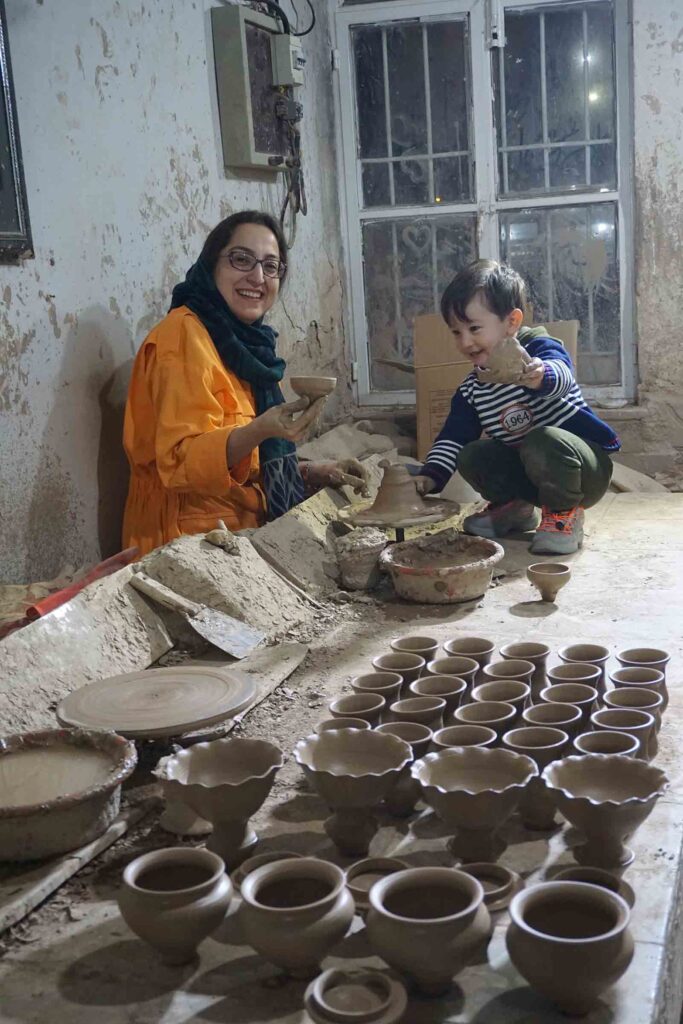
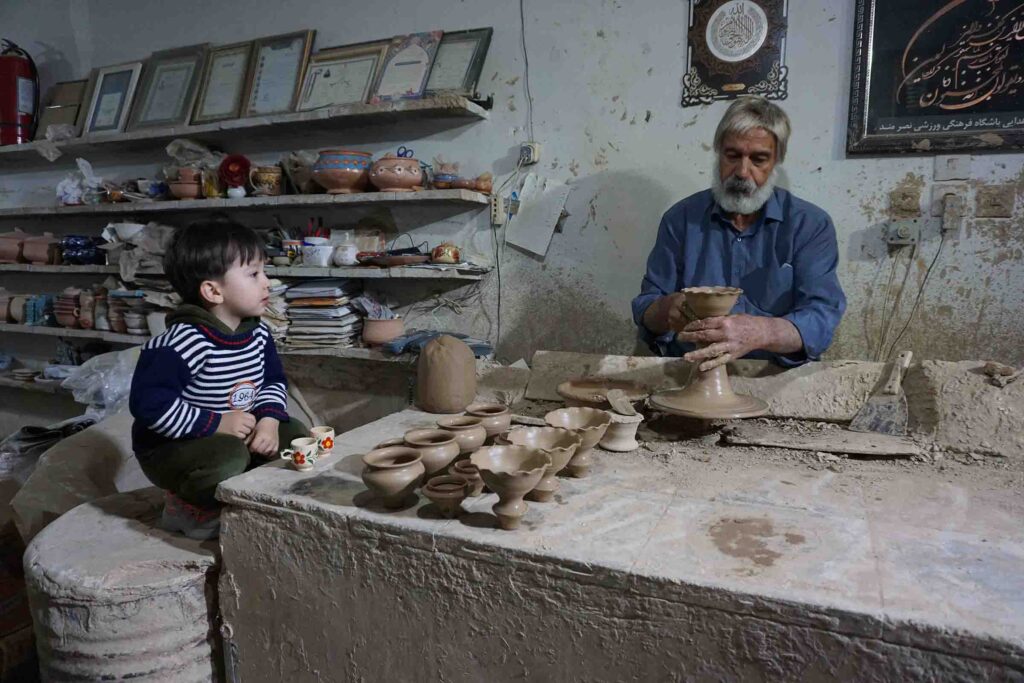
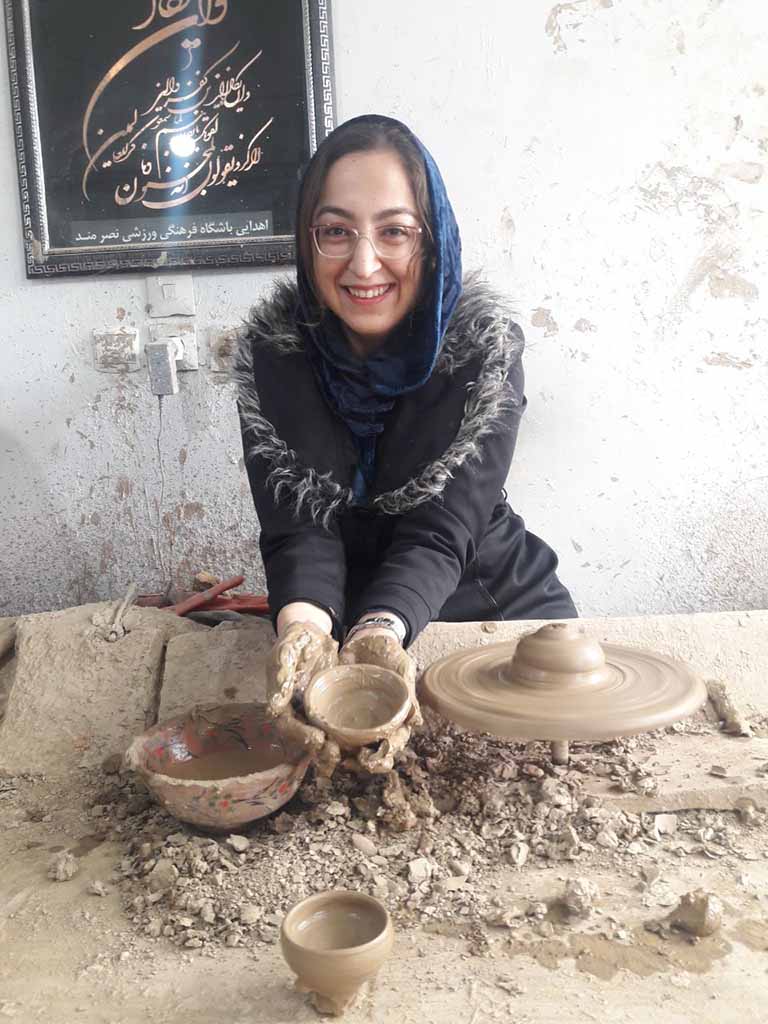
Mend is a small village near Gonabad known for its pottery. Pottery is one of this area’s main souvenirs, and there’s a whole street lined with shops selling these handmade goods. The shopkeepers are always welcoming, and I almost fill back of the car every time I visit there. I love trying my hand at the pottery wheel and make a simple bowl that is asymmetric and so armature. I tried the same wheel twice, next time it was with my son and my bowl was more convincing, so I had a great time again. I also took one of their clay pockets (and they gave it to me kindly and for free) and it was the start of my adventure in clay art.
Saffron Harvesting
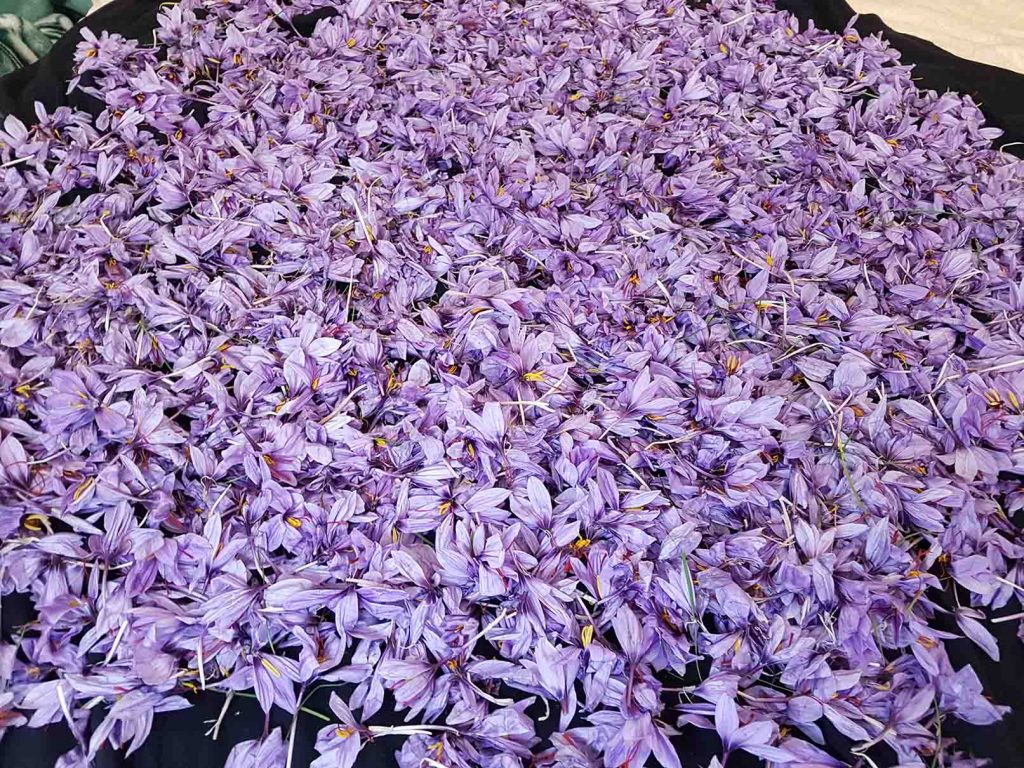
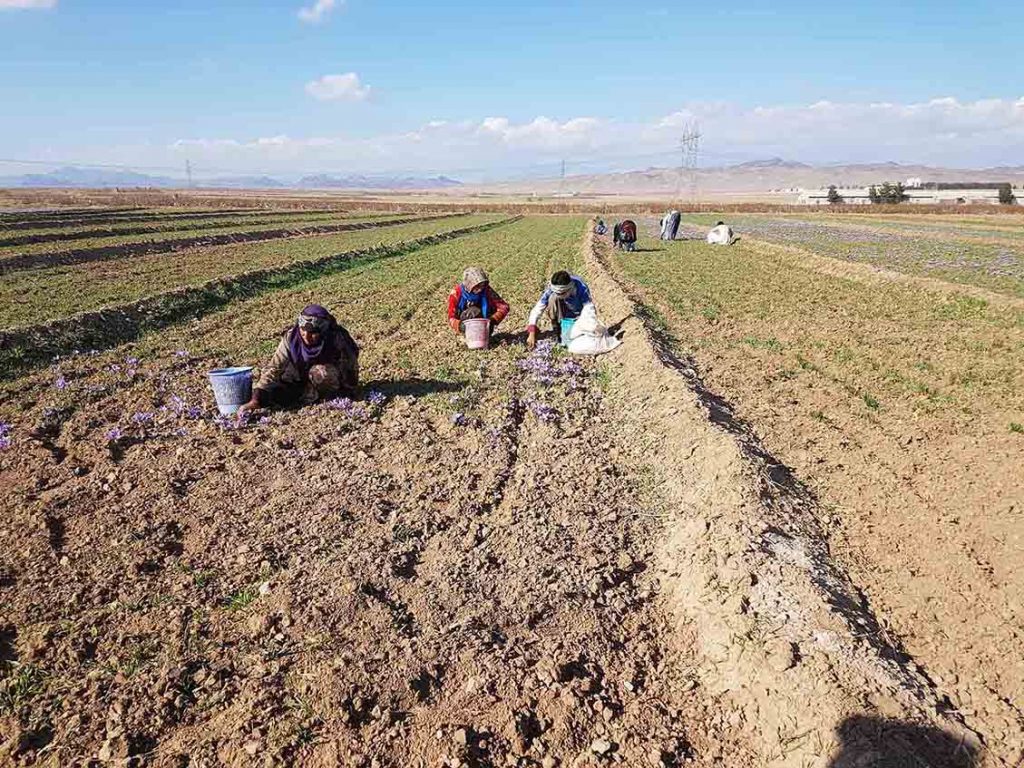
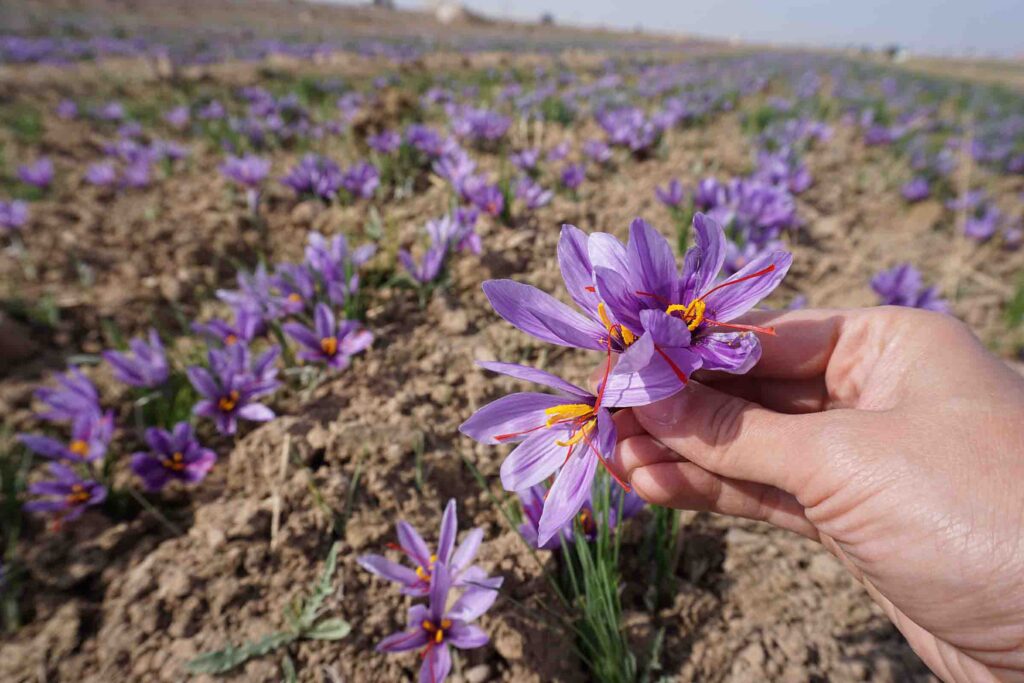
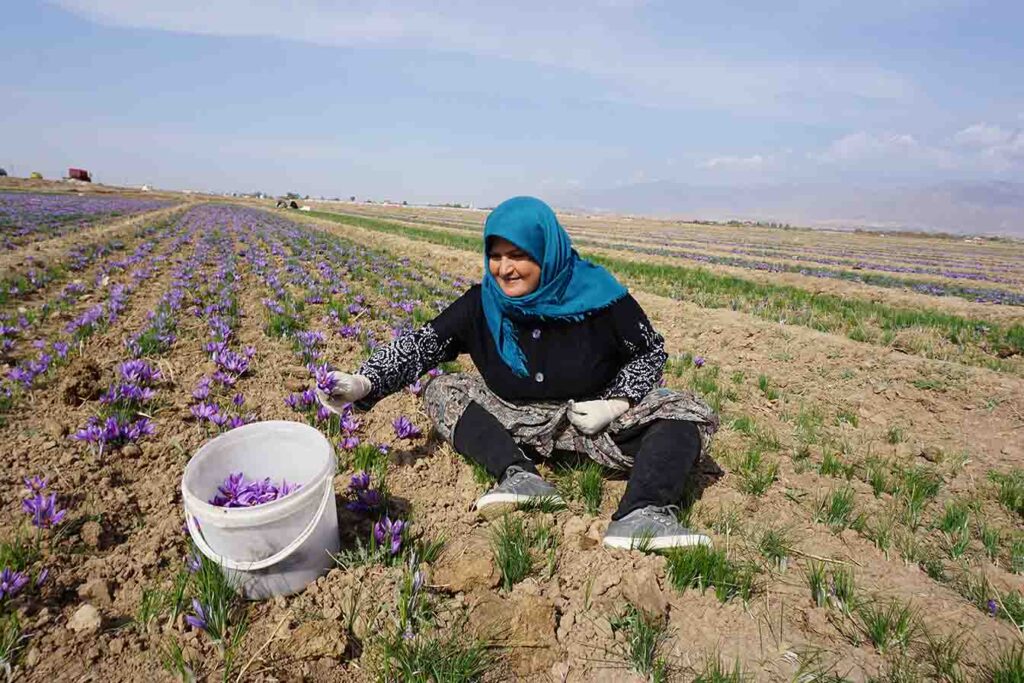
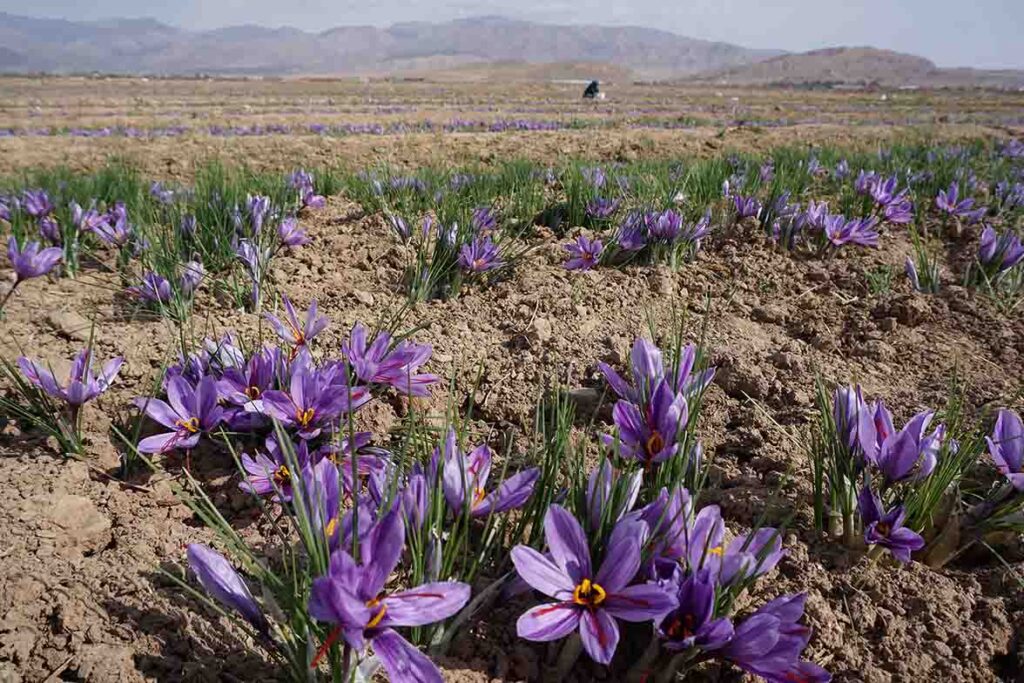
Saffron crocuses are harvested as soon as they’re mature, and then the delicate threads are separated from the petals. The process is done by hand using traditional methods, as the flowers are fragile and wither easily. The best saffron in Iran is said to come from the regions of Qaen and Gonabad.
Omrani Village


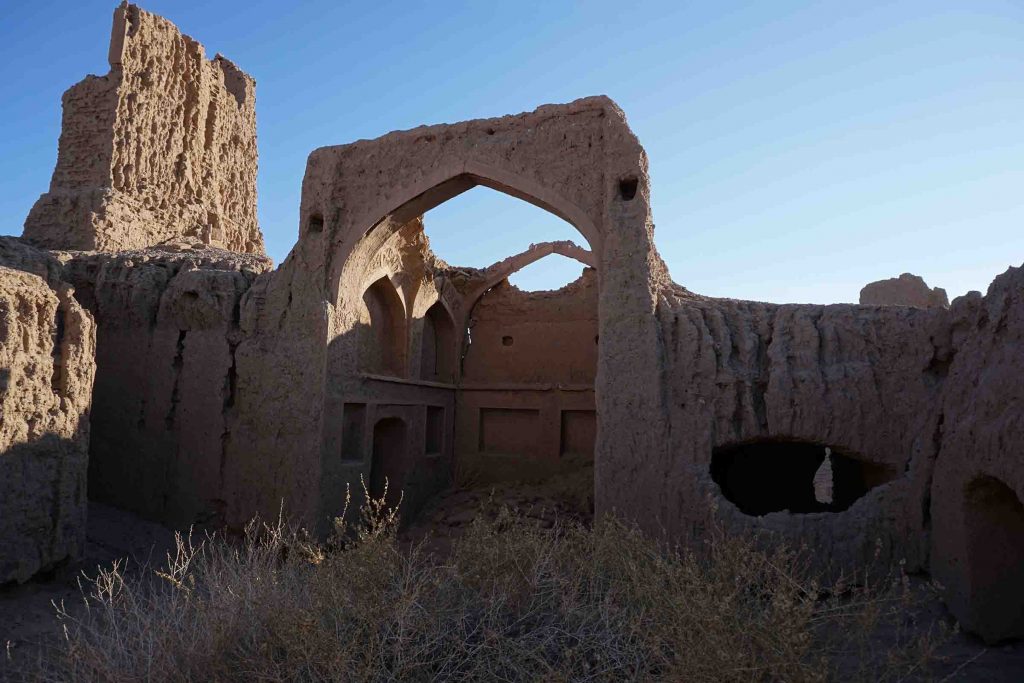
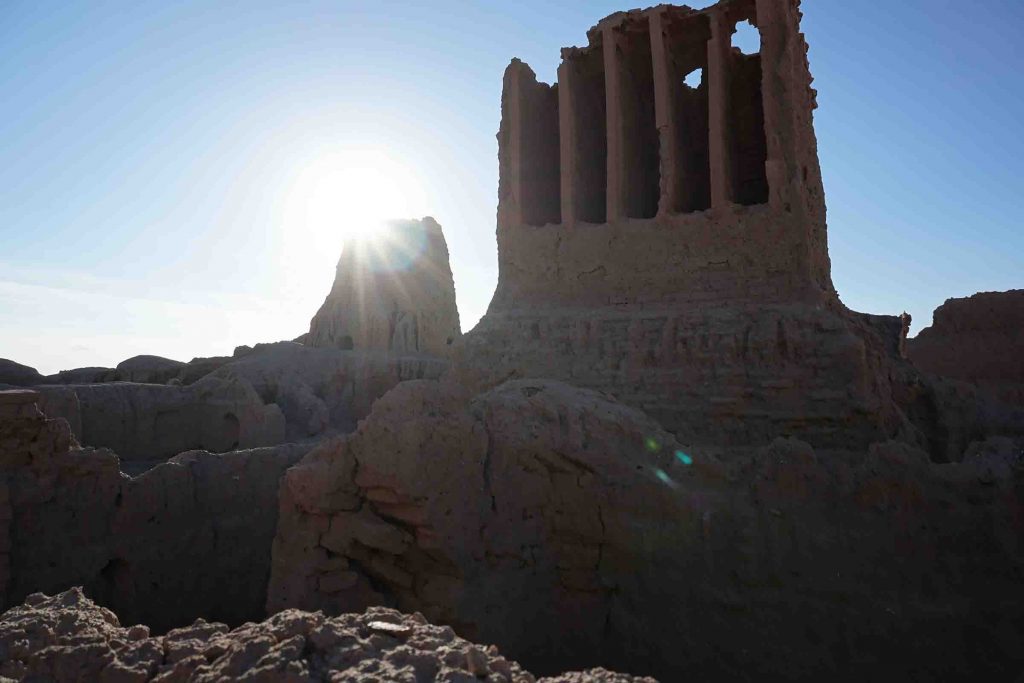
Omrani is an abandoned village that once served as a connection between bigger villages. The village used water from the Gonabad Qasabe qanat. Though small, you can find remaining of cisterns, mosques, castle towers, and windcatchers in its clay architecture, which dates back to the Seljuq dynasty in the 10th century. While visiting this village is free, it is unfortunately unprotected and at risk of damage.